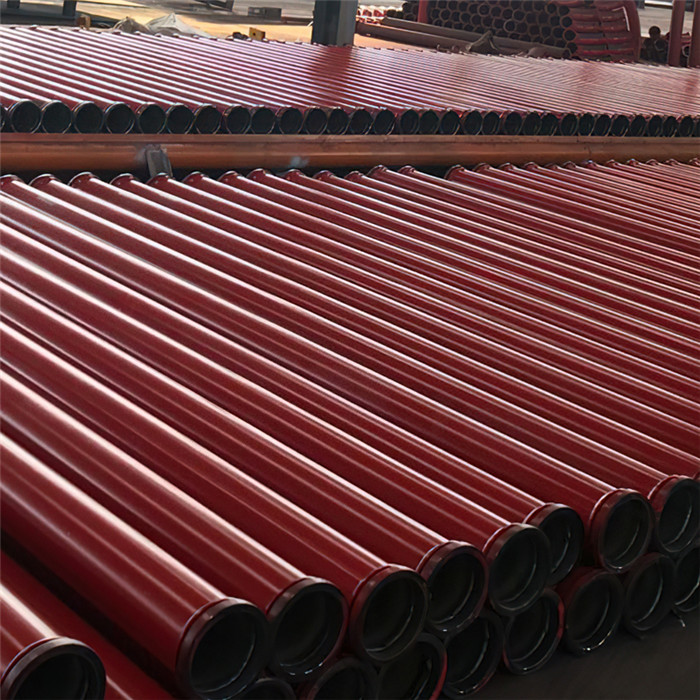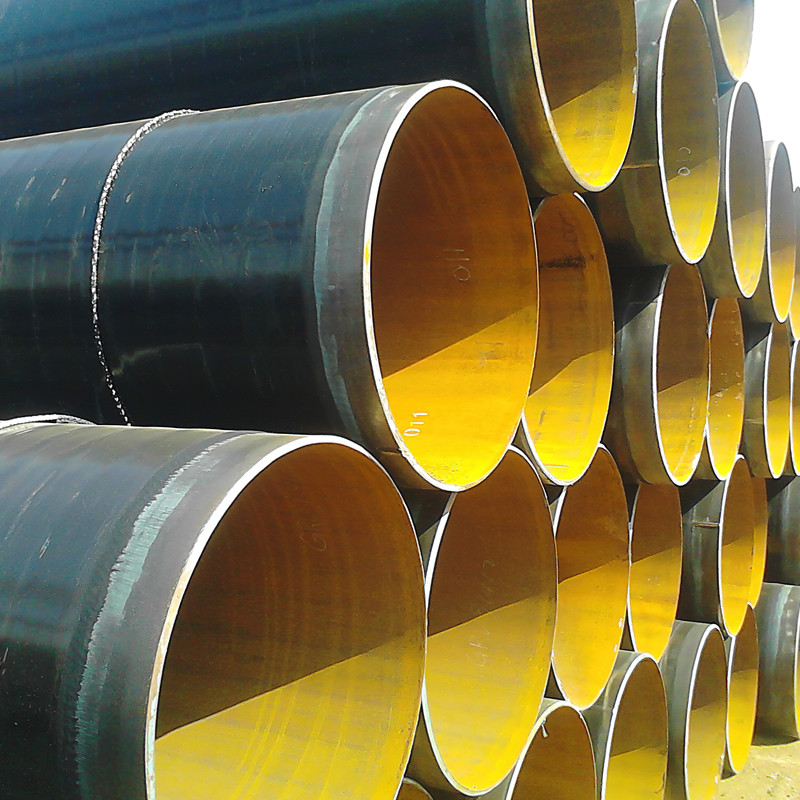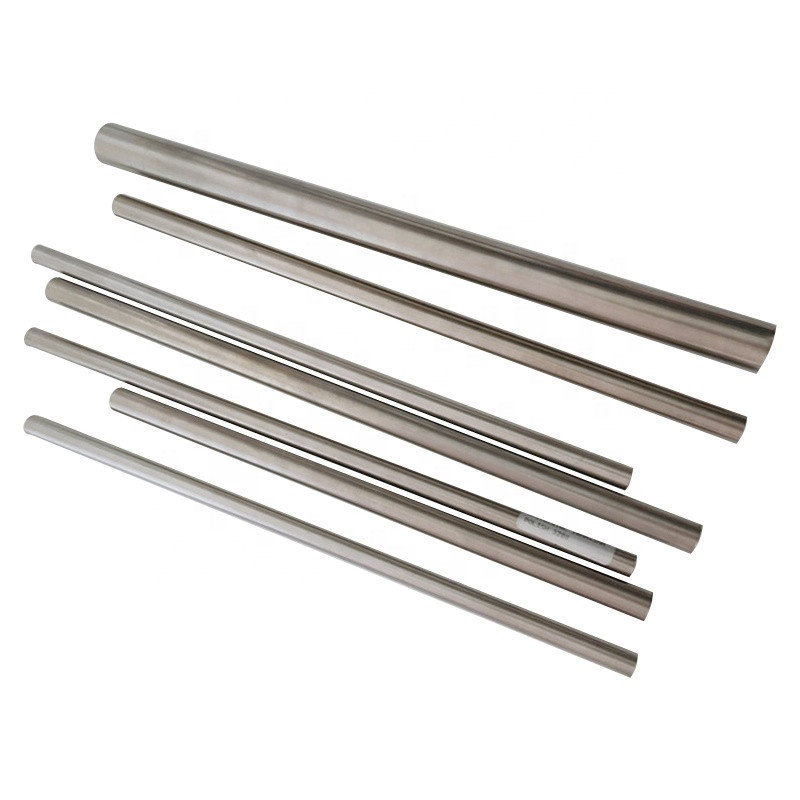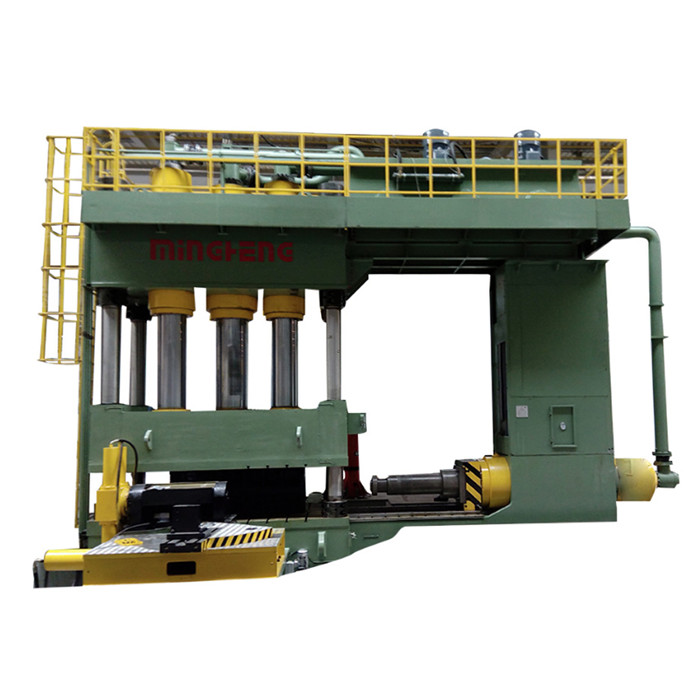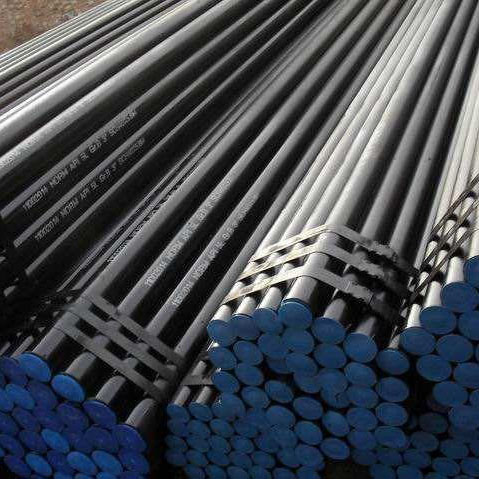In the world of plumbing, construction, and industrial piping, knowing the different pipe fittings types is crucial for building efficient and safe systems. Pipe fittings types refer to the various components used to connect, terminate, control, and change the direction of pipe flow. The right fitting ensures leak-proof performance, system flexibility, and maintenance ease.
Common pipe fittings types include elbows, tees, reducers, couplings, and unions. Elbows allow directional changes, with 45° and 90° being standard angles. Tees connect three pipe sections, allowing the flow to split or combine. Reducers adjust pipe sizes, and couplings join two pipes. Unions provide a quick-disconnect option for maintenance without cutting the pipe.
Specialty pipe fittings types like cross fittings, caps, nipples, and valves cater to more complex systems. Each fitting must be selected based on material compatibility, pressure ratings, and fluid dynamics. Stainless steel, brass, PVC, and HDPE are among the popular materials, chosen according to the application environment—chemical, potable water, gas, or wastewater systems.
Choosing the correct pipe fittings types not only optimizes system efficiency but also extends the lifecycle of the entire piping infrastructure, making it a fundamental aspect of project planning and execution.
Factors Influencing Water Fitting Pipe Price Across Global Markets
When budgeting for plumbing or water supply projects, understanding the water fitting pipe price structure is essential. The water fitting pipe price is not a fixed figure; it varies widely based on multiple factors including material, size, standards compliance, production technology, and geographical logistics.
Material selection has a significant impact on the water fitting pipe price. Pipes and fittings made from HDPE, PVC, PPR, and copper vary drastically in cost. HDPE offers a balance between cost and performance, while copper, though durable and bacteria-resistant, commands a premium price.
The size and wall thickness of the pipe also play critical roles. Larger diameter pipes require more raw materials and manufacturing resources, thus increasing the water fitting pipe price. Similarly, pipes rated for higher pressure (PN ratings) or with thicker walls cost more than standard versions.
Another important aspect is certification and compliance. Pipes adhering to international standards like ASTM, ISO, or DIN typically cost more because of the rigorous quality checks and higher-grade materials used.
Finally, market dynamics such as raw material price fluctuations, global supply chain conditions, and regional demand-supply imbalances also contribute to the final water fitting pipe price. Savvy procurement specialists always consider these variables when planning for long-term, large-scale projects.
How HDPE Fittings Manufacturers Are Revolutionizing Piping Systems
The growing popularity of HDPE (High-Density Polyethylene) piping systems has brought hdpe fittings manufacturers into the spotlight. These manufacturers play a vital role in providing innovative solutions that address modern infrastructure challenges, including water conservation, environmental sustainability, and operational efficiency.
HDPE fittings manufacturers specialize in producing a wide variety of fittings, such as HDPE elbows, tees, stub ends, reducers, and flanges. These fittings offer exceptional chemical resistance, flexibility, and impact strength compared to traditional metal fittings. Because HDPE is highly durable and resistant to corrosion, hdpe fittings manufacturers help extend the operational life of piping systems in potable water, gas distribution, mining, and wastewater management.
Leading hdpe fittings manufacturers employ advanced production technologies like butt fusion, electrofusion, and extrusion molding to ensure high-quality joints and fittings that meet strict international standards. They often offer customized solutions based on the unique requirements of a project, such as pressure ratings, special configurations, or co-extruded fittings with barrier layers for specific environmental conditions.
Furthermore, many hdpe fittings manufacturers are now focusing on eco-friendly practices, including the use of recycled HDPE materials and sustainable production techniques, aligning their products with global green building initiatives and corporate ESG goals.
The Connection Between Pipe Fittings Types and Water Fitting Pipe Price in Project Planning
The relationship between pipe fittings types and water fitting pipe price is a critical element in strategic project budgeting and design optimization. Every fitting choice impacts both the upfront costs and long-term performance of a piping system.
Certain pipe fittings types, like forged steel fittings or custom-fabricated HDPE fittings, naturally come at a premium price due to complex manufacturing processes and specialized material requirements. Meanwhile, standard PVC couplings or basic brass fittings may offer significant cost savings but could pose limitations in pressure handling or chemical resistance depending on the application.
Project planners must strike a balance between selecting the most technically appropriate pipe fittings types and managing the total water fitting pipe price. For instance, investing slightly more in corrosion-resistant HDPE or stainless steel fittings upfront can result in substantial maintenance savings over the system’s lifecycle.
Additionally, sourcing materials from reputable hdpe fittings manufacturers and reliable suppliers ensures quality assurance and reduces the risk of system failures that could result in expensive repairs and downtime. Smart procurement teams analyze the complete cost of ownership, not just the initial water fitting pipe price, when choosing fittings and pipes.
The Future of Pipe Fittings: Trends Among HDPE Fittings Manufacturers and Beyond
The future of the piping industry is rapidly evolving, and hdpe fittings manufacturers are at the forefront of driving innovation. As industries demand safer, more efficient, and sustainable piping solutions, advancements in materials science, manufacturing processes, and smart technology integration are reshaping what we expect from pipe fittings types.
One of the key trends among leading hdpe fittings manufacturers is the development of multi-layered HDPE fittings that combine structural strength with specialized inner layers to resist specific chemical attacks or microbial growth. This innovation is especially relevant for industries like pharmaceuticals, food processing, and wastewater treatment.
Additionally, automated installation techniques such as remote-controlled electrofusion machines are becoming more widespread, helping to enhance installation speed, reduce human error, and ensure more consistent fusion quality. HDPE fittings manufacturers are also incorporating IoT (Internet of Things) sensors into piping systems to enable predictive maintenance, leak detection, and real-time system performance monitoring.
Another emerging trend is the emphasis on circular economy principles. Top-tier hdpe fittings manufacturers are adopting cradle-to-cradle designs where used fittings can be collected, recycled, and reprocessed into new products, minimizing waste and environmental impact.
Looking ahead, the synergy between innovation in pipe fittings types, intelligent design, and sustainable practices will continue to shape the water, gas, and industrial piping sectors worldwide.
配件 常见问题解答
What are the different pipe fittings types available for HDPE piping systems?
HDPE piping systems feature a variety of pipe fittings types, including butt fusion fittings, electrofusion fittings, compression fittings, and mechanical fittings. Butt fusion fittings are used for permanent, leak-proof joints. Electrofusion fittings are ideal for projects requiring high precision, especially in confined spaces. Compression fittings offer easy installation without special equipment, making them popular for smaller diameter pipes.
How can I estimate the water fitting pipe price for a construction project?
Estimating the water fitting pipe price involves considering several factors: material type (HDPE, PVC, copper), pipe size, wall thickness, pressure ratings, and any special coatings or certifications. It’s important to request detailed quotations from multiple suppliers and check for hidden costs like transportation or packaging. Including potential price fluctuations in your budget ensures a more accurate overall project estimate.
What should I look for when choosing hdpe fittings manufacturers?
When selecting hdpe fittings manufacturers, prioritize companies with a strong reputation for quality, certifications like ISO 9001, a wide product range, and proven experience in your specific industry sector. It’s also beneficial to choose manufacturers that offer technical support, customizable options, and commitment to sustainable practices. Visiting the manufacturing facility, if possible, can provide deeper insights into their production standards.
Why do pipe fittings types affect the overall water fitting pipe price so significantly?
Different pipe fittings types have unique manufacturing complexities and material requirements, which directly affect their cost. High-pressure or chemically resistant fittings require more robust materials and stricter quality control, leading to higher prices. Additionally, specialized fittings like reducers or cross fittings may involve more sophisticated fabrication techniques, adding to the overall water fitting pipe price.
How are hdpe fittings manufacturers contributing to sustainable infrastructure development?
Many hdpe fittings manufacturers are advancing sustainable infrastructure by using recycled materials, minimizing waste during production, and designing products with longer lifecycles to reduce environmental impact. Some manufacturers also implement eco-friendly energy practices in their plants and participate in circular economy initiatives by reclaiming used HDPE products. These efforts support the global movement towards greener, more resilient infrastructure systems.
Post time: 5 月 . 13, 2025 15:01










